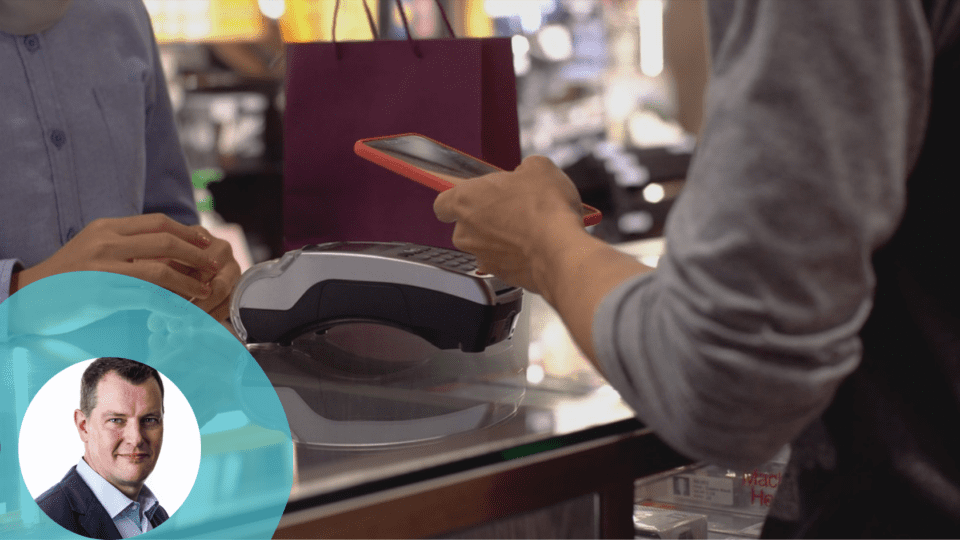There has been a lot of talk about the OpenAI chatbot ChatGPT (and its competitor Bard, Google’s experimental conversational AI service). Even though ChatGPT was only introduced at the end of November 2022, marketing departments are already utilizing it to curate content for social media and online marketing campaigns as well as to generate personalized, automated responses to customer inquiries across the ecommerce sector.
The user-friendly, free front end of ChatGPT hides a sophisticated technology backend known as generative AI or a large language model (LLM). From Gartner, generative AI expands the output of AI systems to include high-value artifacts such as video, narrative, software code and synthetic data through to designs and schematics.
While there has been a lot of hype around generative AI and its future applications appear promising, it is not necessarily ready for “prime-time” across business uses, including in retail payments. However, the use of AI more generally, with some aspects of LLM functionality, can have a significantly positive impact in this area.
How can AI be applied in retail payments?
Advertisement
Fraud Prevention
The rise of ecommerce “Card Not Present” purchases has been one of the greatest factors in credit card fraud in recent years. Payment processors are already incorporating AI and machine learning to analyze historical data that can be utilized to help thwart these fraud attempts. And retailers can save time and money by reducing manual review efforts if an AI model can consistently weed out low risk fraud signals.
Streamlined Checkout
All online retailers strive to provide customers with a frictionless checkout experience. Customers must be able to pay quickly, safely and easily with a minimum number of clicks. To make this possible, they depend on payment service providers, and the industry is increasingly competing on how well it can incorporate AI into user interfaces and experiences. By supplying details like the customer’s location, the device they are using, their most recent interactions with the business and even the time of day they are most likely to make a purchase, AI can deliver pertinent information that could make the process even more efficient. Such specific information is not only essential for ensuring a seamless checkout but also gives businesses the chance to further personalize their offerings.
Social Commerce
On social media platforms, AI-enabled chatbots currently assist sellers in providing strong customer service by enabling instant responses to shopper questions. However, there’s no reason why these exchanges couldn’t also result in transactions. These AI interactions could facilitate biometrics like facial recognition, which would then link to a payment system like Apple Pay or Google Pay to complete the transaction. However, any business would need to make sure that the AI bots behave well and are trained to always treat customers politely.
Integrated Payment
Due to digitalization, the majority of businesses now employ integrated payment systems to automate and streamline the payment acceptance process. As a result, transaction data compilation and manual storage are no longer required. Large language models will help in the collection and analysis of payment data from many sources and places, allowing organizations to locate what they’re seeking quickly and accurately.
When it comes to retail payments, AI can deliver efficiency and effectiveness across several areas — fraud detection and prevention, smoother checkout and channel “stickiness,” just to name a few. If retailers aren’t considering the application of this technology for their payment processes, they are missing out on the significant benefits it provides.
At the beginning of his career, Ralf Gladis developed database solutions and wrote books and articles for well-known IT publishers. With his fellow student Frank Arnoldt, he founded the company CompuTeam in 1993 and entered ecommerce in 1997 with the founding of Computop. In the early years, Gladis designed the Computop Paygate payment platform. He later focused on sales, support and processes. Today, as CEO, he is responsible for strategic alignment, product development, marketing and PR.






